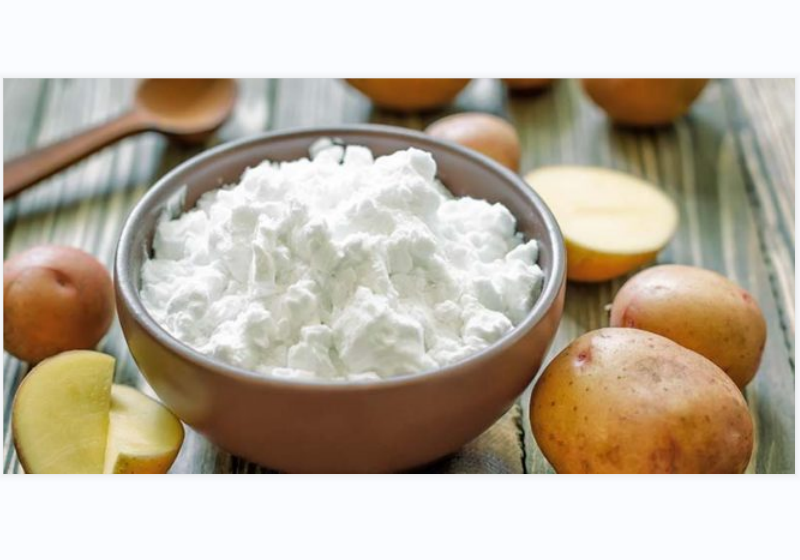Starch Processing Waste Water
There are 12 kinds of typical wastewater sewage water, including:
- Starch Processing Wastewater
- Juice Processing Wastewater
- Hospital Wastewater
- Dairy/Milk Processing Wastewater
- Beer Processing Wastewater
- Papermaking Processing Wastewater
- Slaughtering Wastewater
- Pickle Processing Wastewater
- Monosodium Glutamate Processing Wastewater
- Beverage Processing Wastewater
- Saponin Processing Wastewater
- Community Domestic Sewage Water
Starch Processing Wastewater
Source of Wastewater
Starch wastewater generally belongs to high concentration organic wastewater, which is generated from the production of starch or starch deep-processing products (starch sugar, glucose, starch derivatives, etc.) using Corn, Potato, Wheat, rice and other agricultural products as raw materials.
- When Corn is used as raw material to produce starch, the waste water mainly comes from the drainage after protein recovery in corn soaking, germ separation and washing, fiber washing, flotation concentration, protein pressure filtration and other sections, as well as the evaporative condensate generated during the recovery of corn soaking water resources.
- When Potato is used as raw material to produce starch, the waste water mainly comes from the drainage after protein recovery in the dejuicing, separation and dehydration sections, as well as the raw material transportation and cleaning drainage.
- When using Wheat as raw material to produce starch, the wastewater consists of two parts: the supernatant in the sedimentation tank and the yellow slurry produced after centrifugation.
- When Starch is used as raw material to produce starch sugar, the waste water mainly comes from washing water of ion exchange column, washing water and washing water of various equipment, and cooling water of liquefaction saccharification process.
Features of Wastewater
The main pollutants of starch wastewater include suspended solids (SS), chemical oxygen demand (COD), ammonia nitrogen (NH3-N), total nitrogen (TN) and total phosphorus (TP).
- The content of organic matter is high, and the COD concentration is generally more than 8000mg/L.
- It contains high nitrogen and phosphorus nutrients.
- The ratio of BOD to COD is high, the biodegradability is good, and it is more suitable for biological treatment.
- Its wastewater is acidic.
Treatment Process Selection of Wastewater
The treatment of starch wastewater mainly includes Physicochemical Method and Biological Combination Process Technology.
- Flocculation Sedimentation Method
The technology of adding flocculant to increase the particle size of colloidal particles in water to destabilize and use gravity sedimentation for natural separation.
PAC and PAM were selected for the flocculation experiment of sweet potato starch wastewater. The results showed that the traditional polymer flocculant PAC had a good removal effect on SS and total phosphorus. PAC, PFS, PAM and other flocculants were selected to treat high concentration potato starch wastewater. PAC could be used as the most suitable coagulant for potato starch wastewater. After controlling the optimal dosage and separating by ultrafiltration membrane, the COD removal rate reached 77%.
- Membrane Filtration Method
The treatment of starch wastewater by membrane filtration is a relatively environmentally friendly method.
The treatment process of ultrafiltration membrane+reverse osmosis with molecular weight of 10KD is selected, and the removal rate of COD is about 20%, while the removal rate of SS is up to 99%; The COD removal rate of the effluent is ≥ 98.8% after passing through the reverse osmosis membrane. The system effluent COD is less than 100 mg/L, BOD5 is less than 10 mg/L, the removal effect is good, and it can operate stably.
- Biological Combination Process
The core of this process is to use microbial metabolism to convert biodegradable organic pollutants into harmless substances, so as to achieve the purpose of wastewater purification.
In the process of starch wastewater treatment, upflow anaerobic sludge bed is mostly used, which has low energy consumption, high efficiency and small sludge yield.
During the treatment of sweet potato wet starch wastewater, it was found that when the influent COD was 1000-2000 mg/L, BOD5 < 1100 mg/L, NH3-N < 10-50 mg/L, SS ≤ 900 mg/L, the effluent COD was ≤ 93 mg/L, BOD5 ≤ 20 mg/L, NH3-N ≤ 7 mg/L, SS ≤ 25 mg/L after the two-stage UASB+A/O combined process was used for treatment, the process had good impact load resistance, and was particularly suitable for the treatment of industrial wastewater with large fluctuations.
#QDEVU #WATERTREATMENT #WASTEWATERTREATMENT #SEWAGETREATMENT #SEWAGEWATERTREATMENT #BIOLOGICALTREATMENT #ACTIVEDSLUDGE
Visit www.evuchina.com for more informations!




